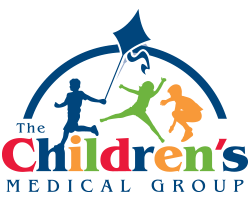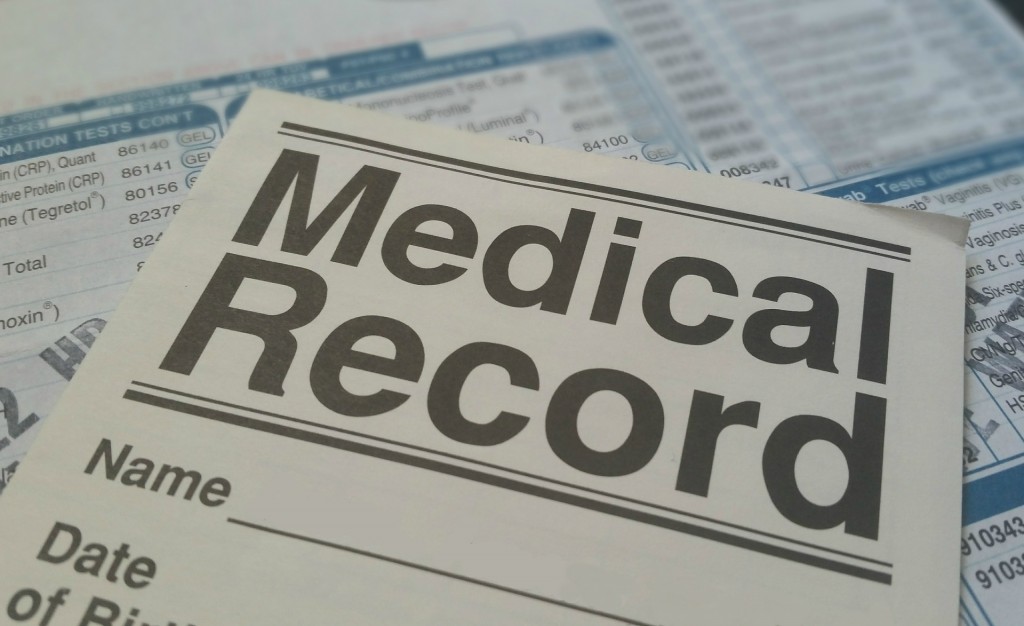January is traditionally the time of year when the clock on health insurance plans reset. You may have a new plan, or the plan that you had last year resets its deductibles and out-of-pocket maximums. Even if your insurance changes in a different month, there will still come a time when things are reset.
Here are some common terms you may hear and their definitions.
Deductible – Your plan may require you to pay a set amount before the plan begins to pay. For example, you may have a $500 deductible per year, with which you would pay the first $500 of incurred expenses. Some plans also have a separate deductible for specific services, such as a hospital stays and prescription drugs.
Copayment – You pay a portion of each visit/service. For example if you have a $20 copayment for a doctor’s visit with a specialist, you would pay this amount to your doctor when you go to your appointment, and the insurance would handle the rest. You may have different copayments for different services, such as a doctor’s visit, emergency room visit, or prescriptions. The amounts may be printed on your insurance card.
Coinsurance – Some plans require you to pay a part of each service as coinsurance. For example, with a plan with 20% coinsurance, for a $100 expense you would pay $20 and the insurance would pay $80.
Out-of-pocket maximum – The maximum you would pay out-of-pocket during the plan year. This generally includes the deductibles and coinsurance amounts, but may not include copayments. Check with your medical insurance to see what is included. Once this maximum is reached, the insurance generally starts paying 100%, except for copayments.
It is not uncommon to have a combination of cost sharing. For example, you may have a $500 yearly deductible, after which your coinsurance is 20% with an out-of-pocket maximum of $2,000. In this example you are responsible for the first $500 in eligible medical expenses during the year, then 20% of the eligible medical expenses until you have paid $2,000. After you have reached your out-of-pocket maximum you do not have to pay the 20% coinsurance on future medical expenses.
Children’s preventive services like immunizations and well-child checkups may or may not be covered without cost sharing, depending on your health plan and what the service entails.
Under the Affordable Care Act, some preventative and “recommended” services are covered with no cost sharing (see the Affordable Care Act website for more info). Please note that this may not be the case if your health plan is considered “grandfathered” by being in place when the ACA was signed in March of 2010. “Grandfathered” plans are exempt from some of the ACA provisions – call your health insurance company for more information and to see if your plan is exempt. Their phone number is located on your health insurance card.
At CMG, our finance department is available to answer questions, and help the parents of our young patients navigate the intricacies of their health insurance claims when the need arises. We work closely with our various insurance company providers to ensure that claims are accurate and paid in a timely manner. The finance department can be reached at (845)-790-6911.


